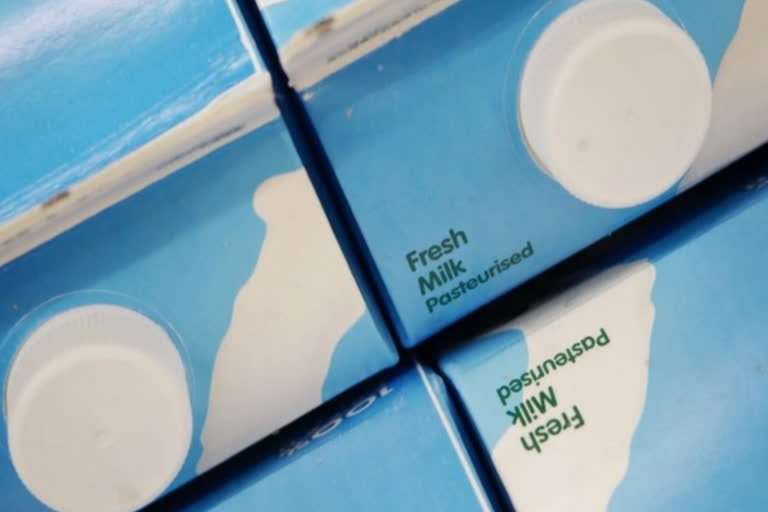North Carolina [US]: Milk is more sensitive to packaging-related off-flavours than many other beverages because of its gentle, delicate taste, according to lead researcher MaryAnne Drake, PhD, of North Carolina State University's Department of Food, Bioprocessing and Nutrition Sciences, Raleigh, NC, USA. Beyond mild oxidation, "milk's flavour can be affected by the interchange of the packaging's components into the milk and by the packaging absorbing food odours and scents from the nearby refrigerated environment."
To quantify the flavour impacts of packaging, the researchers examined pasteurized whole and skim milk stored in six half-pint containers: paperboard cartons, three plastic jugs (made from different plastics), a plastic bag, and glass as a control. The milk was stored in total darkness to control for light oxidation and kept cold at 4°C (39°F).
The samples were tested on the day of first processing, then again at 5, 10, and 15 days after. A trained panel examined the sensory properties of each sample, and the research team conducted a volatile compound analysis to understand how the packaging was intermingling with the milk. Finally, the samples underwent a blind consumer taste test on day 10 to see whether tasters could tell any difference between milk stored in the paperboard carton or the plastic jug compared with milk packaged in glass.
Also read: High fat diet could reduce ability to regulate food intake: Study
The results showed that package type does influence milk flavour, and skim milk is more susceptible to flavour impacts than whole milk. Of the different packaging types, paperboard cartons and plastic bags preserved milk freshness the least due to the paperboard's absorption of milk flavour and the transfer of paperboard flavour into the milk.
Milk packaged in paperboard cartons, in fact, showed distinct off-flavours as well as the presence of compounds from the paperboard. The final results show that, while the glass remains an ideal container for preserving milk flavour, plastic containers provide additional benefits while also maintaining freshness in the absence of light exposure. Paperboard cartons are the most widely used packaging type for school meal programs in the United States, so these findings are especially relevant for the consideration of how young children consume and enjoy milk.
"These findings suggest that industry and policymakers might want to consider seeking new package alternatives for milk served during school meals," said Drake. Over time, the consequences of using milk packaging that contributes significant off-flavours may affect how young children perceive milk in both childhood and adulthood. (ANI)



